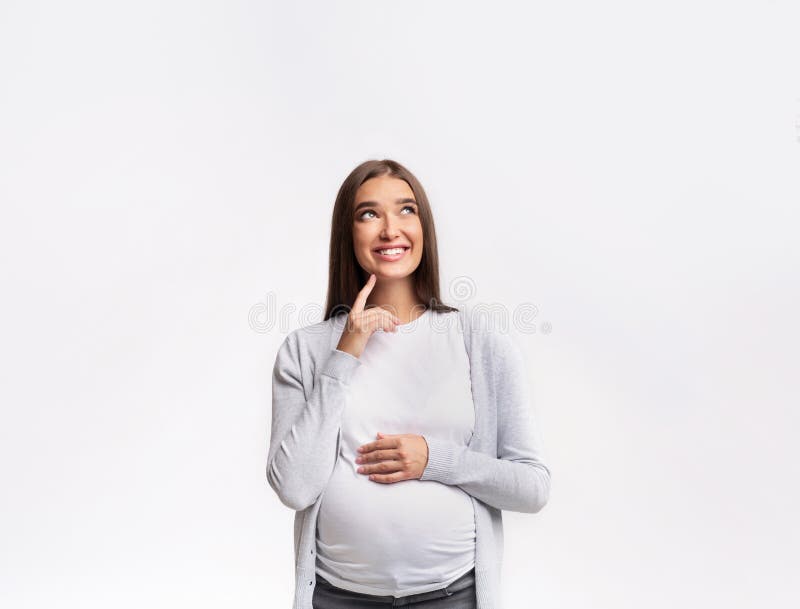

Pregnant groups also had more pregnancy, childbirth and fetus themes (all p = 0.01). Baby/child representations were less specific in the late 3rd than in the early 3rd trimester ( p = 0.005) and than in non-pregnant women ( p = 0.01). Controlling for age, relationship and employment status, education level and state anxiety, women in both pregnant groups reported more dreams depicting themselves as a mother or with babies/children than did non-pregnant women (all p = 0.006). Dream reports were blindly rated according to four dream categories: (1) Dreamed MMR, (2) Quality of baby/child representations, (3) Pregnancy-related themes, (4) Non-pregnancy characteristics. Sixty non-pregnant and 59 pregnant women (37 early and 22 late 3rd trimester) completed demographic and psychological questionnaires and 14-day home dream logs. We assessed whether dreamed MMR, like waking MMR, change from the 7th month of pregnancy to birth, and whether pregnancy–related themes and non-pregnancy characteristics are also transformed. Some studies suggest that dreams during pregnancy contain more MMR and are more dysphoric, but such studies contain important methodological flaws. First pregnancy is such a situation during which maternal mental representations (MMR) of the unborn baby, the self and significant others undergo remodeling.

Dreams are thought to respond to self- and socially-relevant situations that evoke strong emotions and require rapid adaptation.


 0 kommentar(er)
0 kommentar(er)
